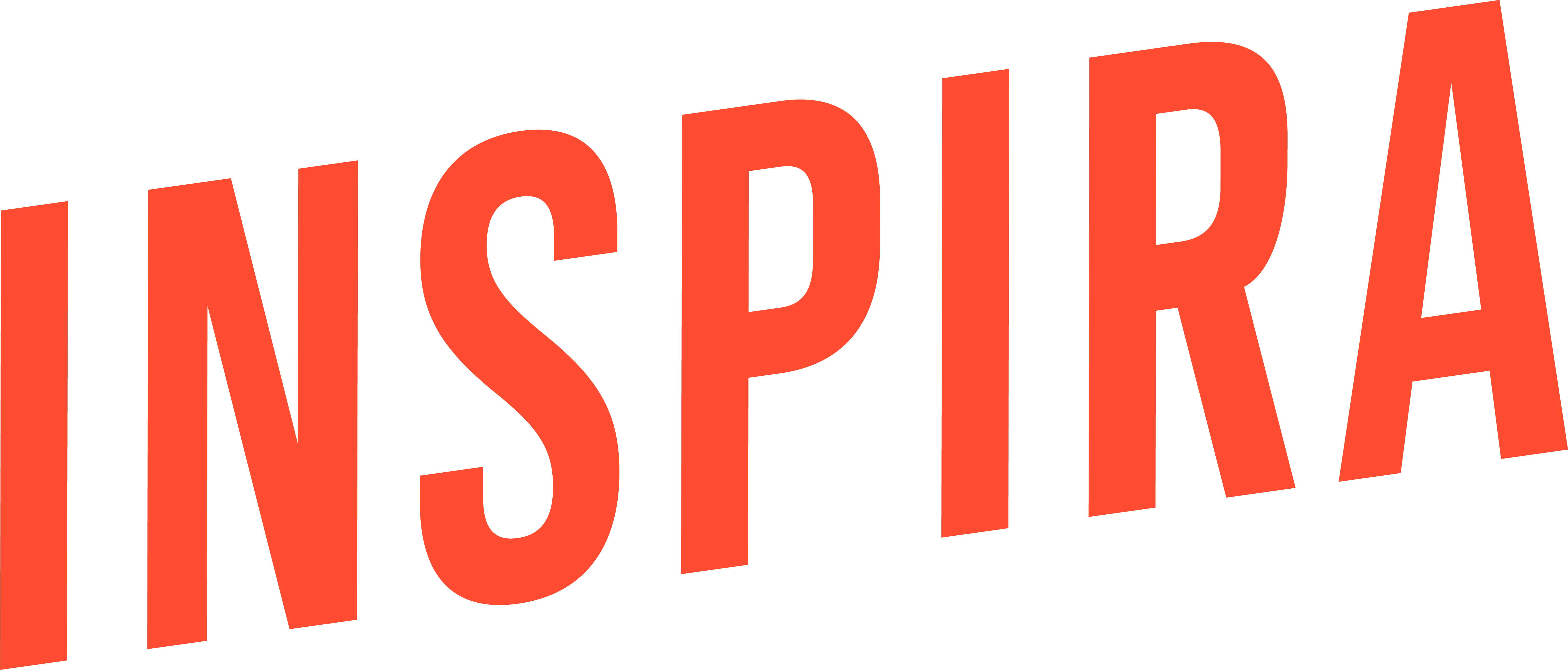Throughout the course of the pandemic, governments, businesses, and everyday people have been forced to adapt to the changing reality on a seemingly constant basis. While every year brings change in the way we go about our lives, 2020 was a year in which trends accelerated at a rapid pace. Below, we take a look at some of the trends that have taken hold in the food and beverage industry and discuss how they will evolve moving forward in 2021.
What We’re Buying
- When the pandemic initially struck and consumers were forced indoors, we saw the massive stock-up on food items. Much to the dismay of emerging brands, consumers found refuge in big, familiar food and beverage brands that they knew and trusted. However, we’ve seen behavior change throughout the course of the past year, and consumers ultimately grew tired of the same old, same old; this gave way to trying new snacks and substituting typical splurges for food splurges. For this reason, expect emerging brands in the space to regain some of the momentum they had prior to the pandemic.
- The wellness economy has seen rapid growth in recent years, and the nature of the pandemic has only added to the ascent. For this reason, wellness products — and particularly ones that benefit the immune system — will continue to gain traction. Other better-for-you options, such as plant-based products or functional beverages, are hitting the mainstream, as well. Notice the plant-based proteins next to meats in the grocery store lately?
 (Image Credit: Ben & Jerry's)
(Image Credit: Ben & Jerry's)
- Expectations for cannabis-infused food and beverages were high going into 2020, but the growth didn’t materialize as anticipated. Not only did the pandemic slow down product development as companies focused efforts elsewhere, but there was also little progress in terms of federal regulation. Yet, the November election cycle brought legalized cannabis to a number of states, and a newly Democrat-controlled Congress could bring further momentum to the industry. Guidance from the FDA, in particular, will be crucial in giving consumers the confidence to try these new products. Once that is in place, the growth will come; brands such as Ben & Jerry's and Bolthouse Farms are just a few names that have previously announced plans for CBD-based product development.
- Outside of the public health crisis, the spotlight has shone brightly on social inequities in the past year. To help address some of these issues, organizations such as the 15 Percent Pledge have called on retailers to do their part. The pledge called for major retailers to commit to a minimum of 15% of shelf space to Black-owned businesses — a nod to the fact that black people make up nearly 15% of the U.S. population. Brands including Sephora, Macy’s, Vogue, and Yelp have all taken the pledge, and the hope is that more retailers — big and small — will follow.
How We’re Buying
- Direct-to-consumer food and beverage brands have grown in popularity in recent years, but ordering products from a litany of different sites can be tiresome when grocery stores carry a variety of products under one roof. As a result, we could see more DTC brands band together with bundled options. Likewise, there’s an opportunity for virtual marketplaces to take off if a company such as Shopify provides the requisite infrastructure.
- Many consumers have adopted an omnichannel approach to food and beverage shopping, and Foodboro predicts that brick and mortar retail spaces will create more cross-selling opportunities — such as buying a cut of meat from your favorite restaurant for at-home preparation. As consumers prioritize convenience and minimizing travel, we could also see more pop-up stores such as Pop Up Grocer, which launched a temporary fall location in Brooklyn with a variety of premium and affordable food and beverage brands.
- Ghost kitchens became a buzzword in 2020, and according to Euromonitor, they’re not going anywhere. The market research firm estimated that they could be a $1 trillion business by 2030. Instead of renting and staffing a full space, ghost kitchens provide restaurants the opportunity to rent space in a shared kitchen where food and drinks are made for delivery or takeout. Brands such as Chipotle, Kroger, and DoorDash have already gotten involved in ghost kitchen ventures, and many more are likely to follow suit.
- Taking inspiration from the traditional milkman model, brands are creating circular delivery systems in order to reduce waste. By using sleek, reusable containers, these deliveries bypass the typical recycling process — which is often ineffective due to an inability to properly sort containers. Brands such as Jack Rabbit Hill Farm’s MEII vodka have already begun implementing this model, and others will do the same as they look to minimize negative impacts on the environment.
As the food we buy — and the way we buy it — continues to change, brands need to continue to provide a seamless experience to their consumers across all channels. If your brand is looking to create connections with consumers in 2021, contact us today to learn how we can help.
Sources: "2021 Food and Beverage Trends." Foodboro (2021), "2021 Trend Report." Trend Hunter (2021), "Could 2021 Be the Breakout Year for Cannabis-Infused Food and Beverages?" Food Dive (2021), "Ghost Kitchens." Wunderman Thompson (2020).

